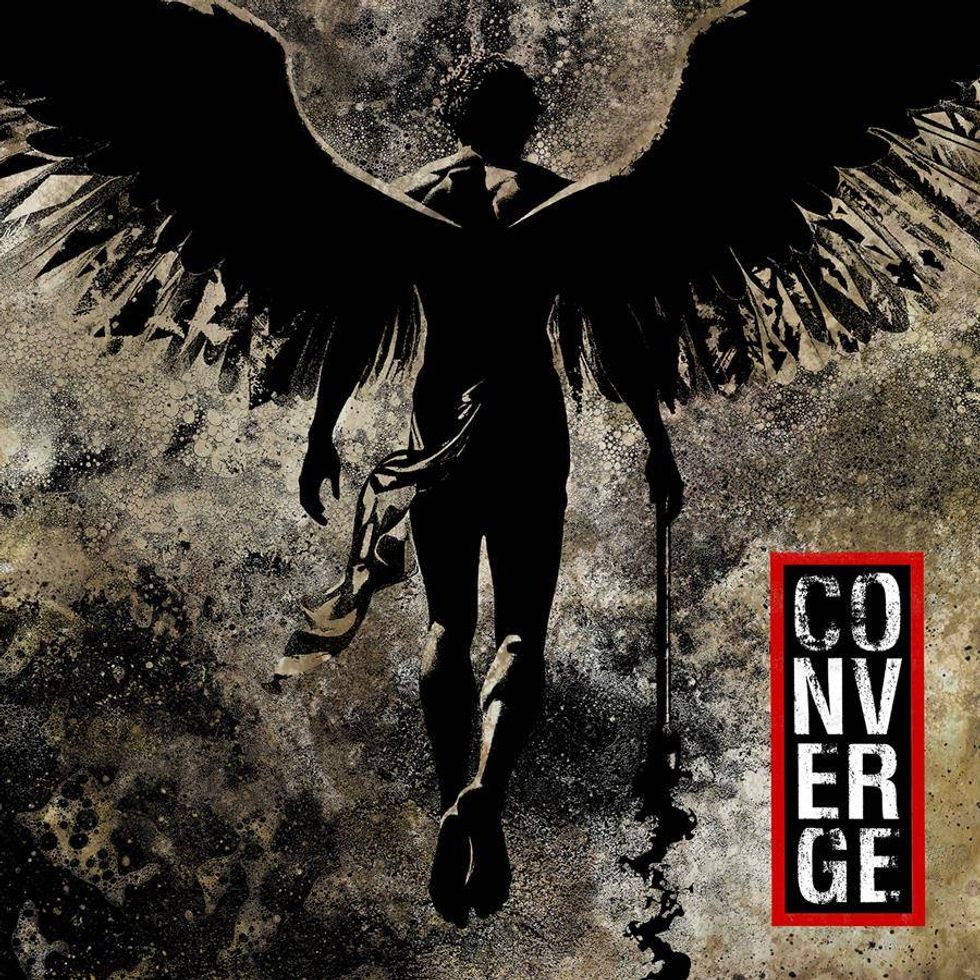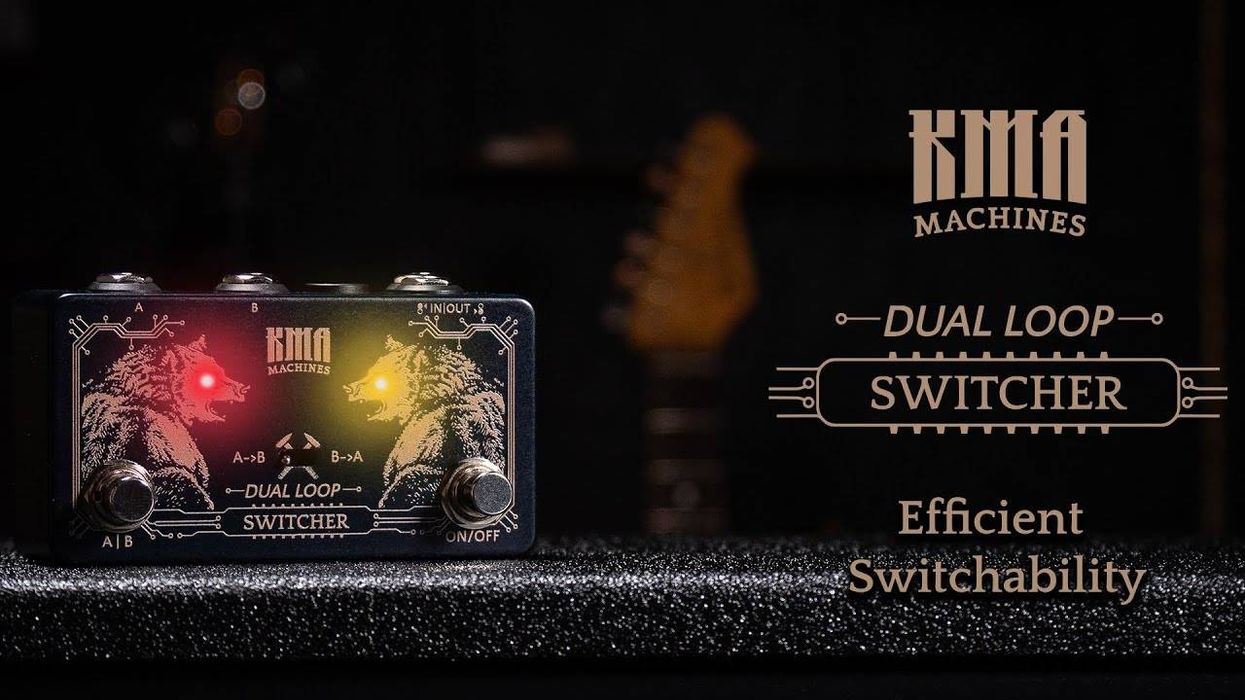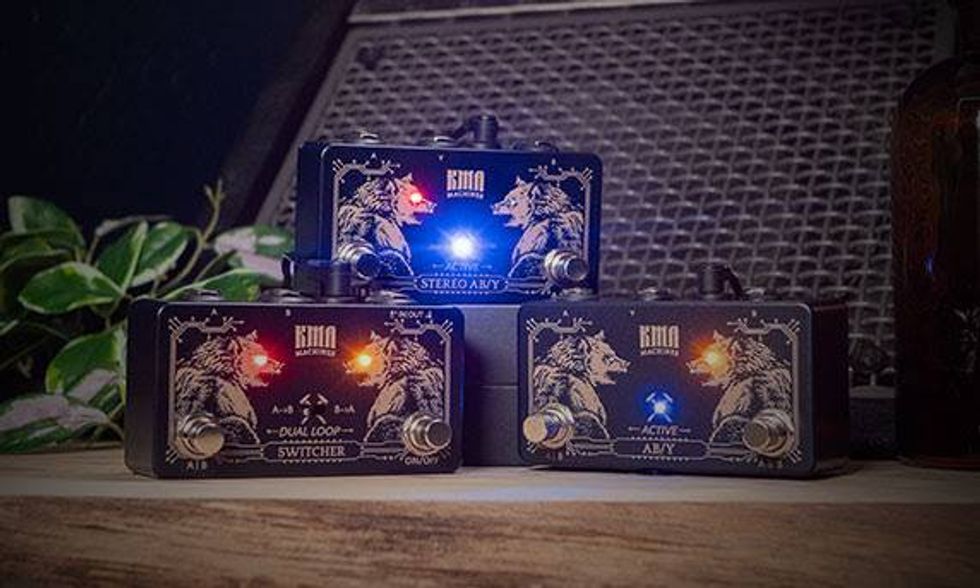Creed extend their sold-out Summer of ’99 Tour with 23 additional dates.
Produced by Live Nation, the dates begin July 9 at Rupp Arena in Lexington, KY and wrap August 20 at the Scotiabank Saddledome in Calgary, AB with support from 3 Doors Down, Daughtry, Mammoth WVH and Big Wreck. *Check individual dates for lineup in each market.
When it kicked off in 2024, The Summer of ’99 Tour quickly became “one of the most anticipated tours of the summer” (USA Today) and “one of the hottest rock tickets of the year” (Billboard) for a return that “may be something this industry has never seen” (Pollstar). To date, CREED’s Scott Stapp, Mark Tremonti, Brian Marshall, and Scott Phillips have performed over 60 sold-out concerts throughout North America, selling over 800,000 tickets and breaking venue records in multiple markets.
“Thirty years in, it’s been a blessing to pick up right where we left off with longtime fans and to meet the next generation for the first time. It’s been an incredible ride, and we aren’t done, so here’s to a ‘Summer’ that never ends. We’ll see you on the road,” states Scott Stapp.
Creed will close out 2024 with shows in Las Vegas, NV (Dec. 30 & Dec. 31) and their newly announced dates in 2025 will follow their already sold-out Summer of ’99 and Beyond cruise sailing April 9 – April 13 from Miami to Nassau with Sevendust, Hoobastank, Lit, Hinder, Fuel and more. Also in April, the band - whose audience has included fans of mainstream, rock, and country for over 25 years - will perform at Stagecoach.
For more information on all Creed tour dates as well as the opportunity to purchase entry into Mark Tremonti’s guitar clinic can be found at https://creed.com.
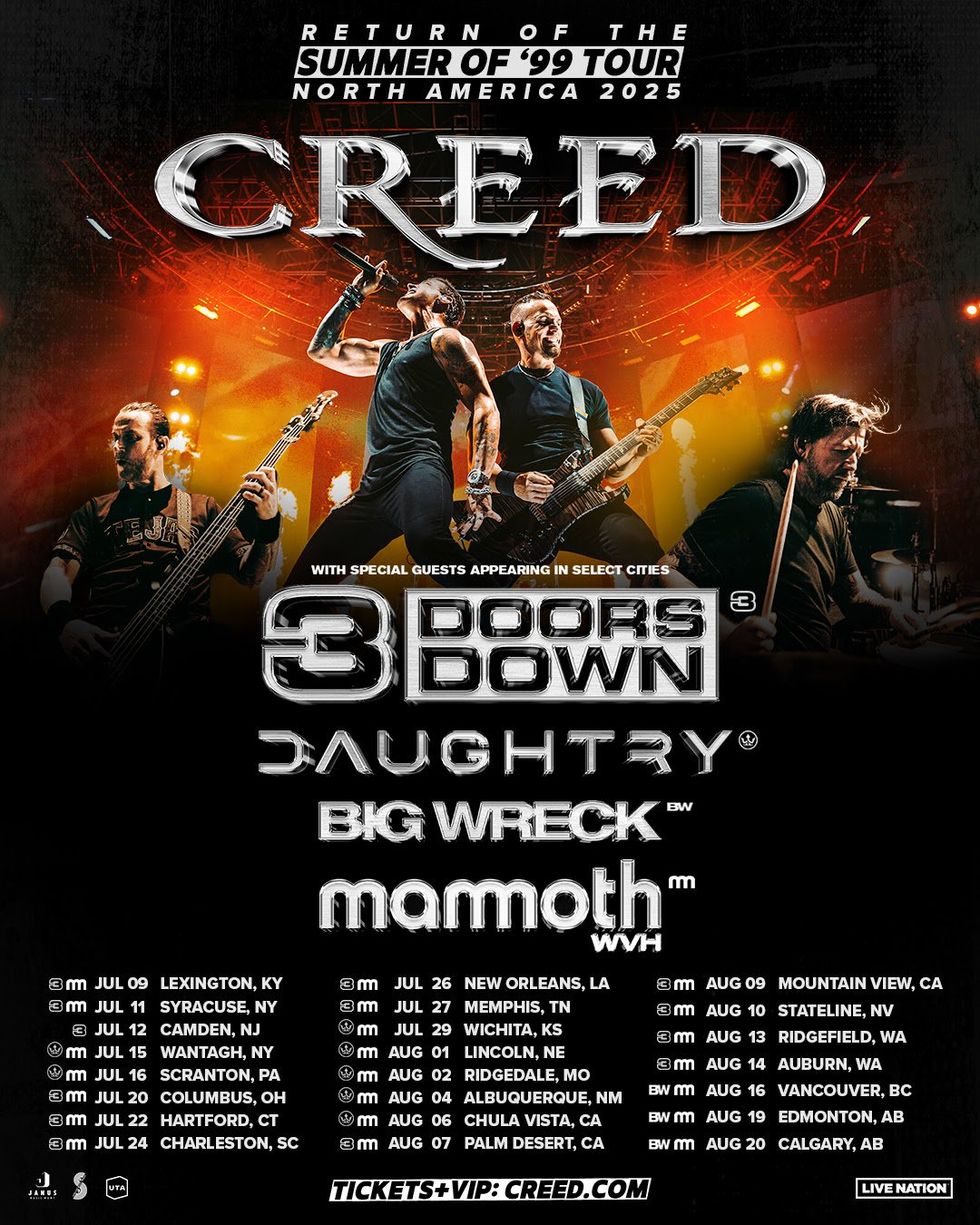
Tour Dates
CREED: SUMMER OF ‘99 TOUR 2025 DATES:
3DD – 3 Doors Down / D – Daughtry / BW – Big Wreck / MWVH – Mammoth WVH
Wed Jul 09 | Lexington, KY | Rupp Arena – 3DD/MWVH
Fri Jul 11 | Syracuse, NY | Empower Federal Credit Union Amphitheater at Lakeview – 3DD/MWVH
Sat Jul 12 | Camden, NJ | Freedom Mortgage Pavilion – 3DD
Tue Jul 15 | Wantagh, NY | Northwell at Jones Beach Theater – D/MWVH
Wed Jul 16 | Scranton, PA | The Pavilion at Montage Mountain – D/MWVH
Sun Jul 20 | Columbus, OH | Schottenstein Center – 3DD/MWVH
Tue Jul 22 | Hartford, CT | Xfinity Theatre – 3DD/MWVH
Thu Jul 24 | Charleston, SC | Credit One Stadium – 3DD/MWVH
Sat Jul 26 | New Orleans, LA | Smoothie King Center – 3DD/MWVH
Sun Jul 27 | Memphis, TN | FedExForum – 3DD/MWVH
Tue Jul 29 | Wichita, KS | INTRUST Bank Arena – D/MWVH
Fri Aug 01 | Lincoln, NE | Pinnacle Bank Arena – D/MWVH
Sat Aug 02 | Ridgedale, MO | Thunder Ridge Nature Arena – D/MWVH
Mon Aug 04 | Albuquerque, NM | Isleta Amphitheater – D/MWVH
Wed Aug 06 | Chula Vista, CA | North Island Credit Union Amphitheatre – D/MWVH
Thu Aug 07 | Palm Desert, CA | Acrisure Arena at Greater Palm Springs – 3DD/MWVH
Sat Aug 09 | Mountain View, CA | Shoreline Amphitheatre – 3DD/MWVH
Sun Aug 10 | Stateline, NV | Lake Tahoe Outdoor Arena at Harveys – 3DD/MWVH (Not a Live Nation date)
Wed Aug 13 | Ridgefield, WA | RV Inn Style Resorts Amphitheater – 3DD/MWVH
Thu Aug 14 | Auburn, WA | White River Amphitheatre – 3DD/MWVH
Sat Aug 16 | Vancouver, BC | Rogers Arena – BW/MWVH
Tue Aug 19 | Edmonton, AB | Rogers Place – BW/MWVH
Wed Aug 20 | Calgary, AB | Scotiabank Saddledome – BW/MWVH
Previously Announced CREED Dates:
Sat Dec 28 | Durant, OK | Choctaw Casino & Resort (Sold Out)
Mon Dec 30 | Las Vegas, NV | The Colosseum
Tue Dec 31 | Las Vegas, NV | The Colosseum
Apr 9 – Apr 13 | Miami – Nassau | Summer of ’99 and Beyond Cruise (Sold Out)
Sat Apr 26 | Indio, CA | Stagecoach
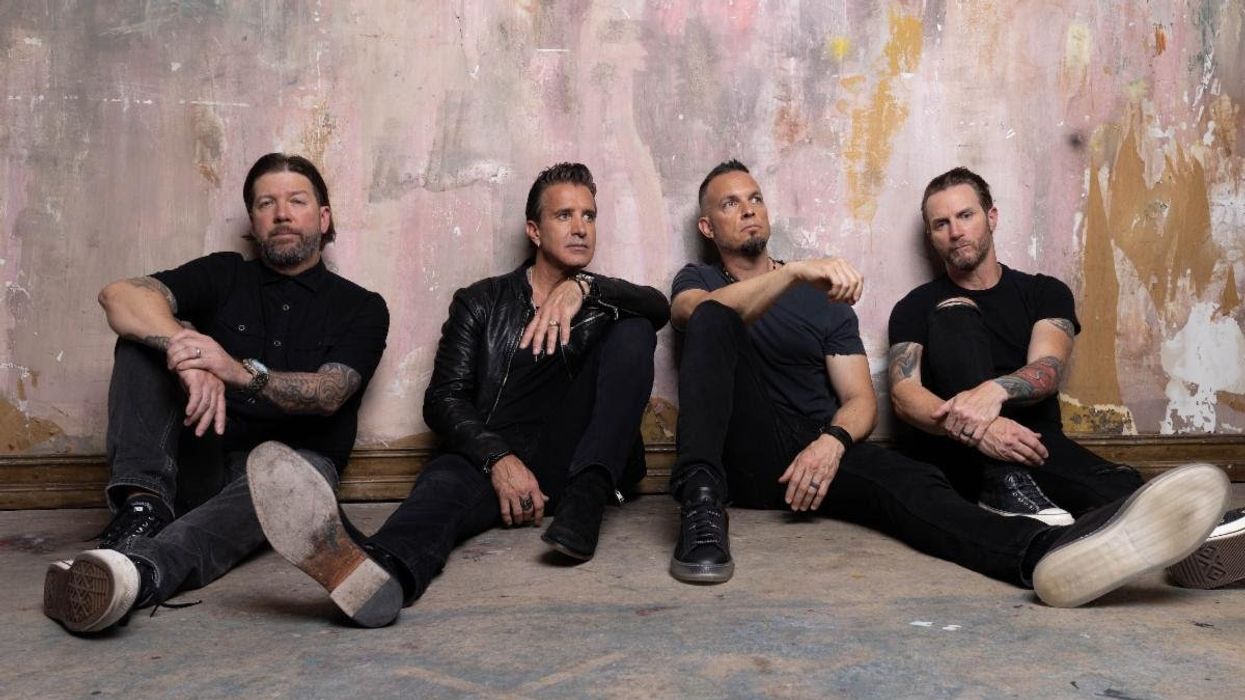
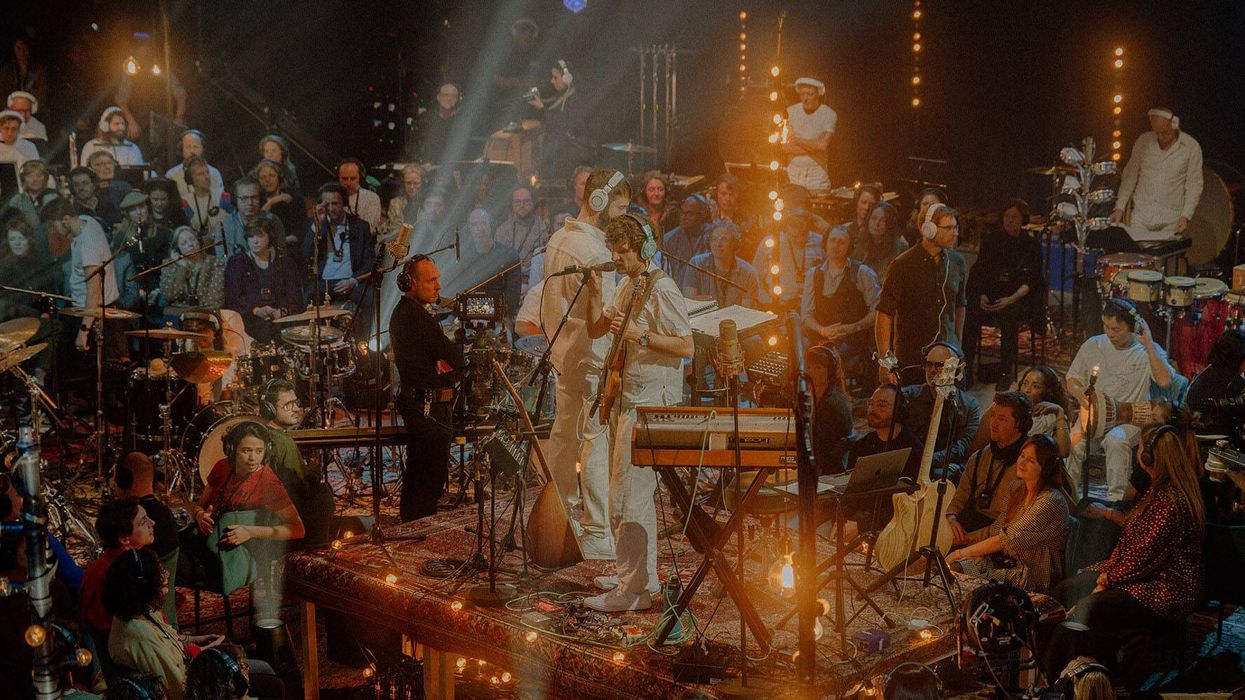
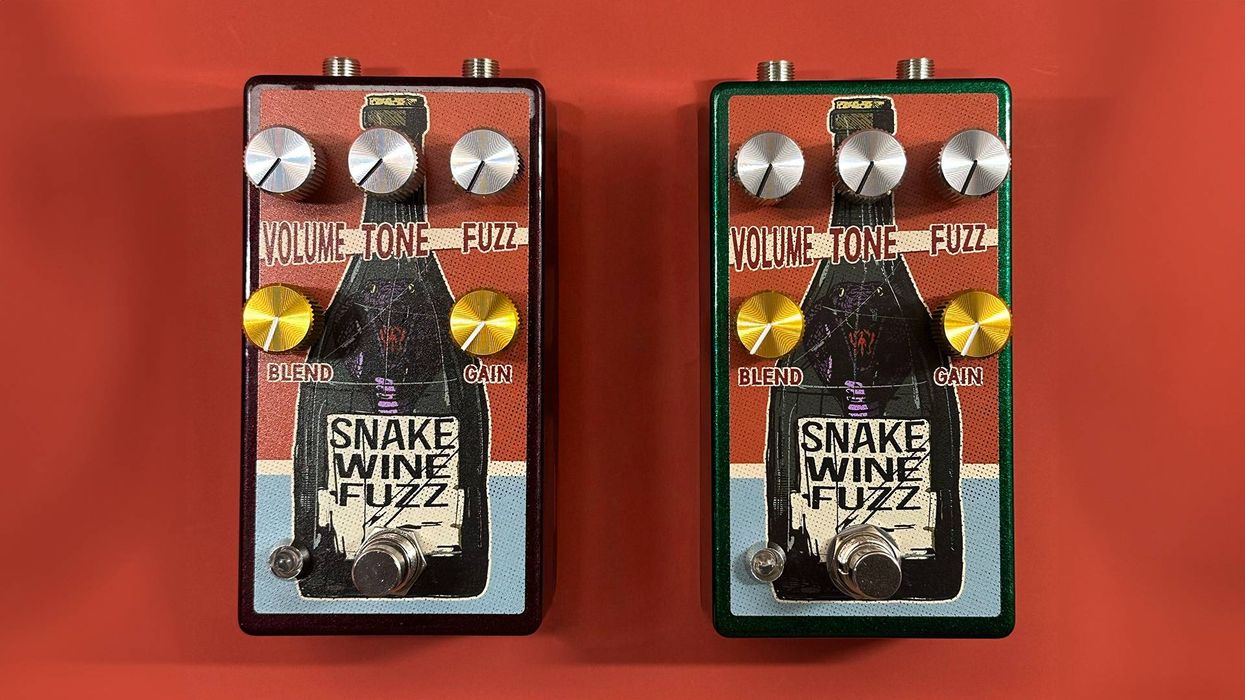

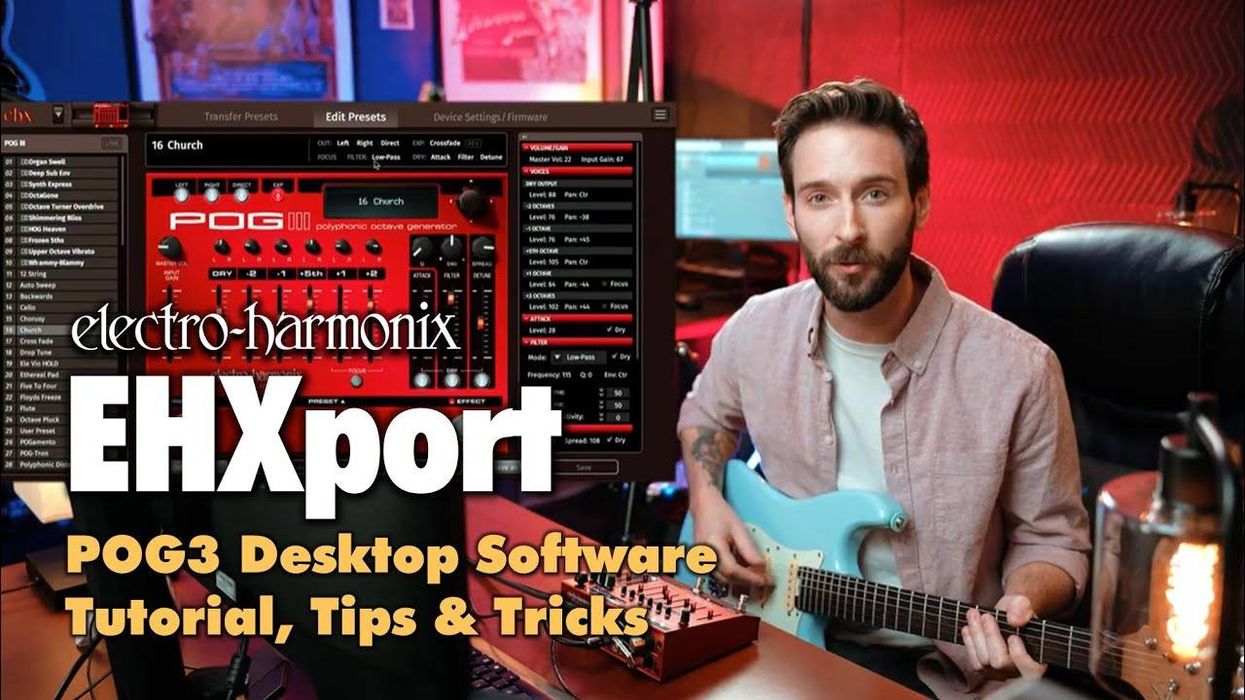

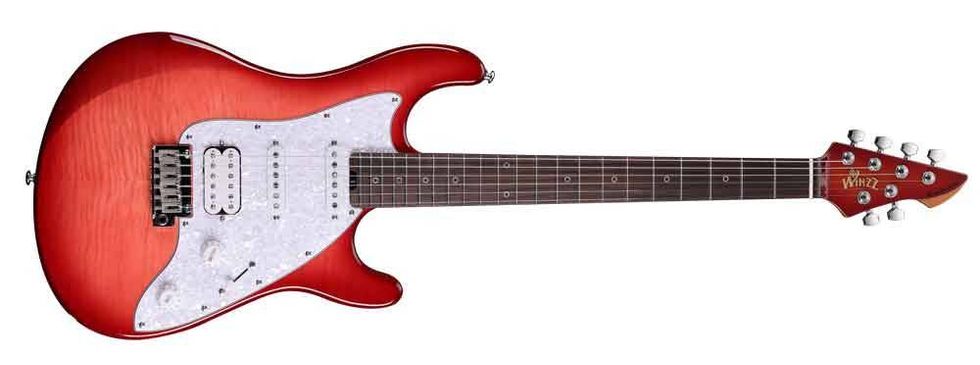





![Rig Rundown: AFI [2025]](https://www.premierguitar.com/media-library/youtube.jpg?id=62064741&width=1245&height=700&quality=70&coordinates=0%2C0%2C0%2C0)


